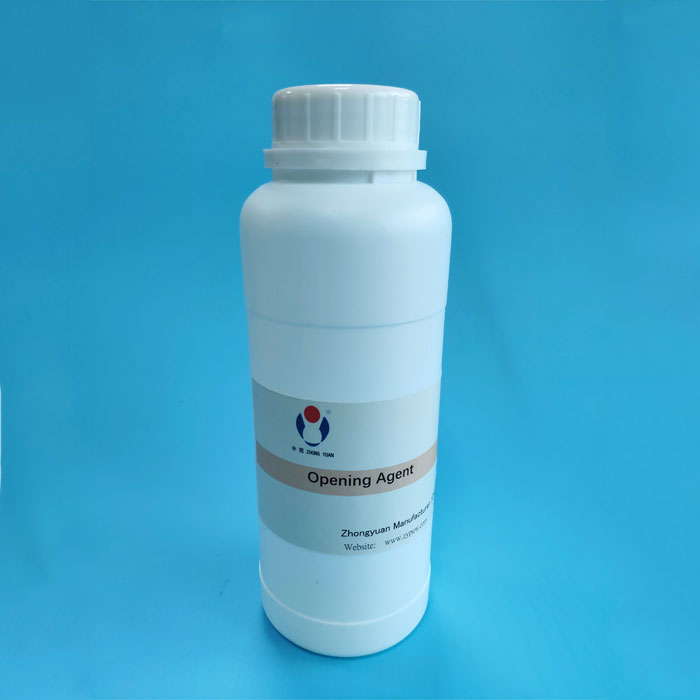PU foam cell openers reduce the surface tension of foam in the following ways:
Reducing surface tension: Cell openers usually contain surfactants, which can effectively reduce the surface tension of foam liquid. They change the interaction force between liquid molecules and reduce surface tension by forming a thin layer between foam and air.
Improving the pore structure of foam: When the surface tension is reduced, the bubble walls in the foam become more relaxed and easier to expand. This helps the foam to open up, so that it forms a more uniform pore structure during the foaming process, thereby improving the air permeability and comfort of the foam.
Accelerating bubble stability: By reducing surface tension, cell openers can also help bubbles to exist more stably in the foam, thereby avoiding premature collapse of the foam structure during the hardening process and maintaining the open-cell effect of the foam.
Improving fluidity: Cell openers reduce the viscosity of the foam liquid, improve fluidity, and help bubbles to be evenly distributed and form an ideal foam structure. This is crucial for foam quality control during the production process.
In short, PU foam cell openers help form a uniform and stable open-cell foam structure by changing the surface tension of the foam liquid, thereby improving the performance and quality of the foam.


